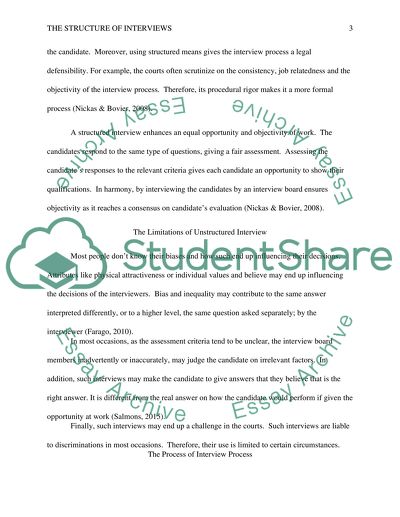Cite this document
(“The structure of interviews Essay Example | Topics and Well Written Essays - 2000 words”, n.d.)
Retrieved from https://studentshare.org/human-resources/1690796-the-structure-of-interviews
Retrieved from https://studentshare.org/human-resources/1690796-the-structure-of-interviews
(The Structure of Interviews Essay Example | Topics and Well Written Essays - 2000 Words)
https://studentshare.org/human-resources/1690796-the-structure-of-interviews.
https://studentshare.org/human-resources/1690796-the-structure-of-interviews.
“The Structure of Interviews Essay Example | Topics and Well Written Essays - 2000 Words”, n.d. https://studentshare.org/human-resources/1690796-the-structure-of-interviews.


